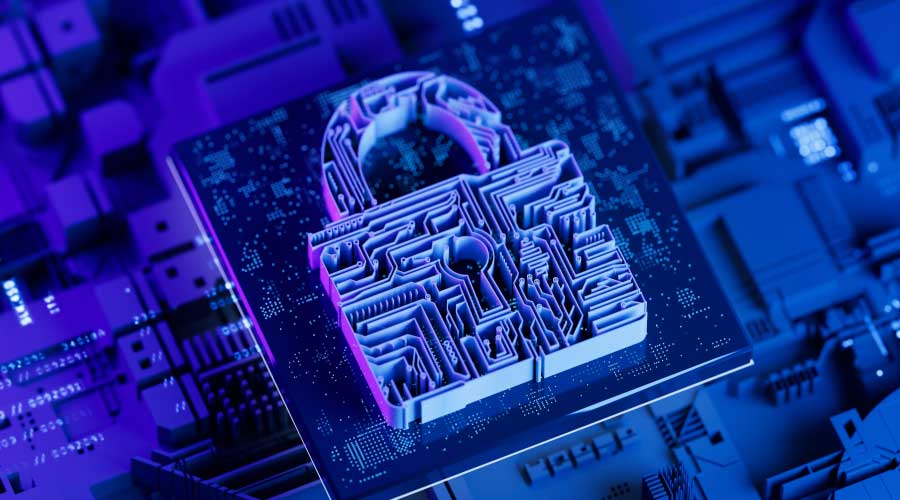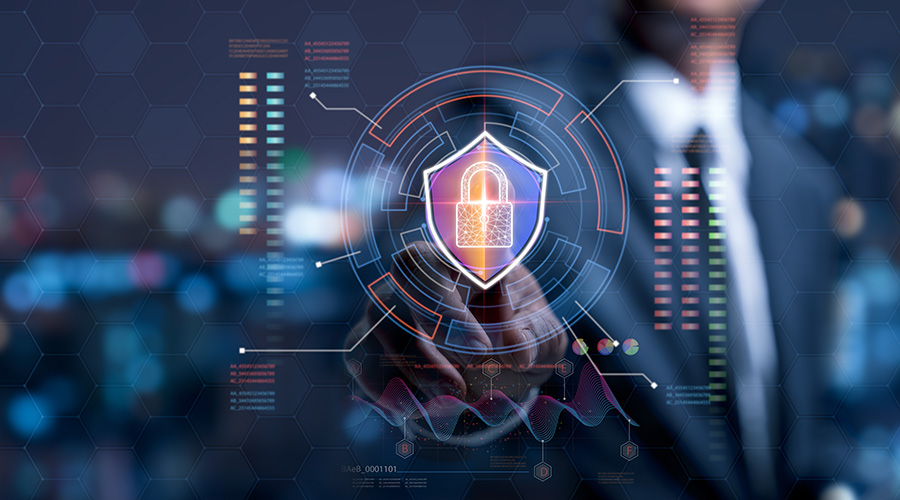Protecting Buildings — Today And Tomorrow
Government research has helped spur dramatic innovation in access control and video systems
In the 30 months since Sept. 11, 2001, the security industry has become energized to bring new technology to market much faster. The cornerstone of these efforts has been innovation, much of it fueled by President Bush’s order to the agencies of the Department of Homeland Security to open their files and make security technology and applications available to the commercial security industry. Government organizations, such as Sandia National Laboratories, were encouraged to seek commercial manufacturing partners for technologies the labs had developed.
Government organizations also began to share security protection methodologies and techniques for conducting risk assessments. Training and certification programs for security surveyors and risk assessors were initiated so that security professionals could carry out risk assessments in accordance with accepted government methods.
Information sharing has resulted in advances in security technology. Examples of new technology being developed in cooperation with private industry include cameras that create three-dimensional views of spaces to improve detection and viewing capabilities (Sandia Laboratories); enterprisewide 3-D modeling and video imaging systems (Southwest Research Institute); and chemical/biological/radiological detection and mitigation devices and systems (Battelle Memorial Institute).
One of the most impressive trends has been the continued integration of security subsystems into virtually every type of security system installation — integration that is being implemented in more seamless and efficient ways.
As impressive as the gains in technology have been, it’s important to remember that security devices alone can’t provide security. Experience shows that an effective security program must balance three elements: physical/force protection security measures; technical security systems and equipment; and security personnel executing appropriate procedures. A deficiency in any part weakens the overall security program’s effectiveness.
Related Topics:











